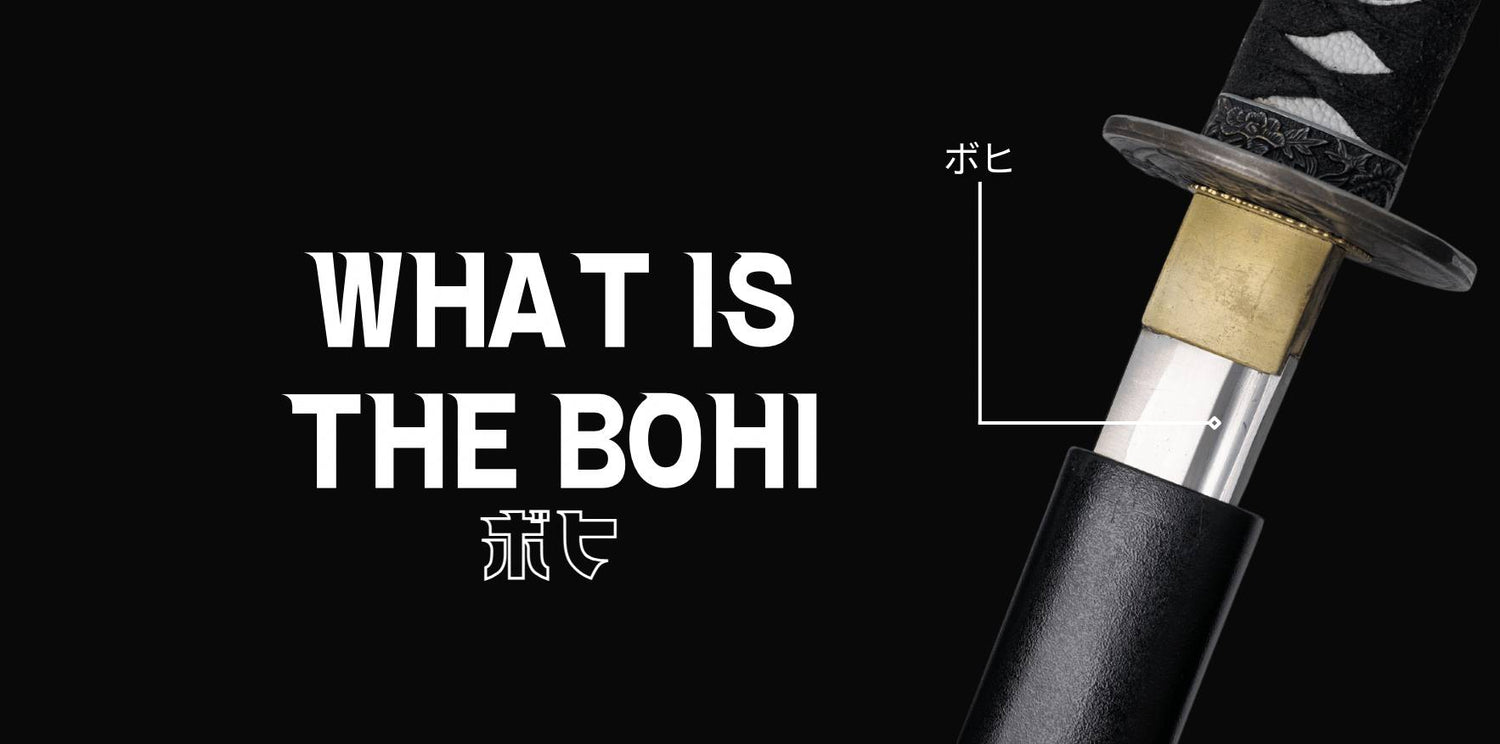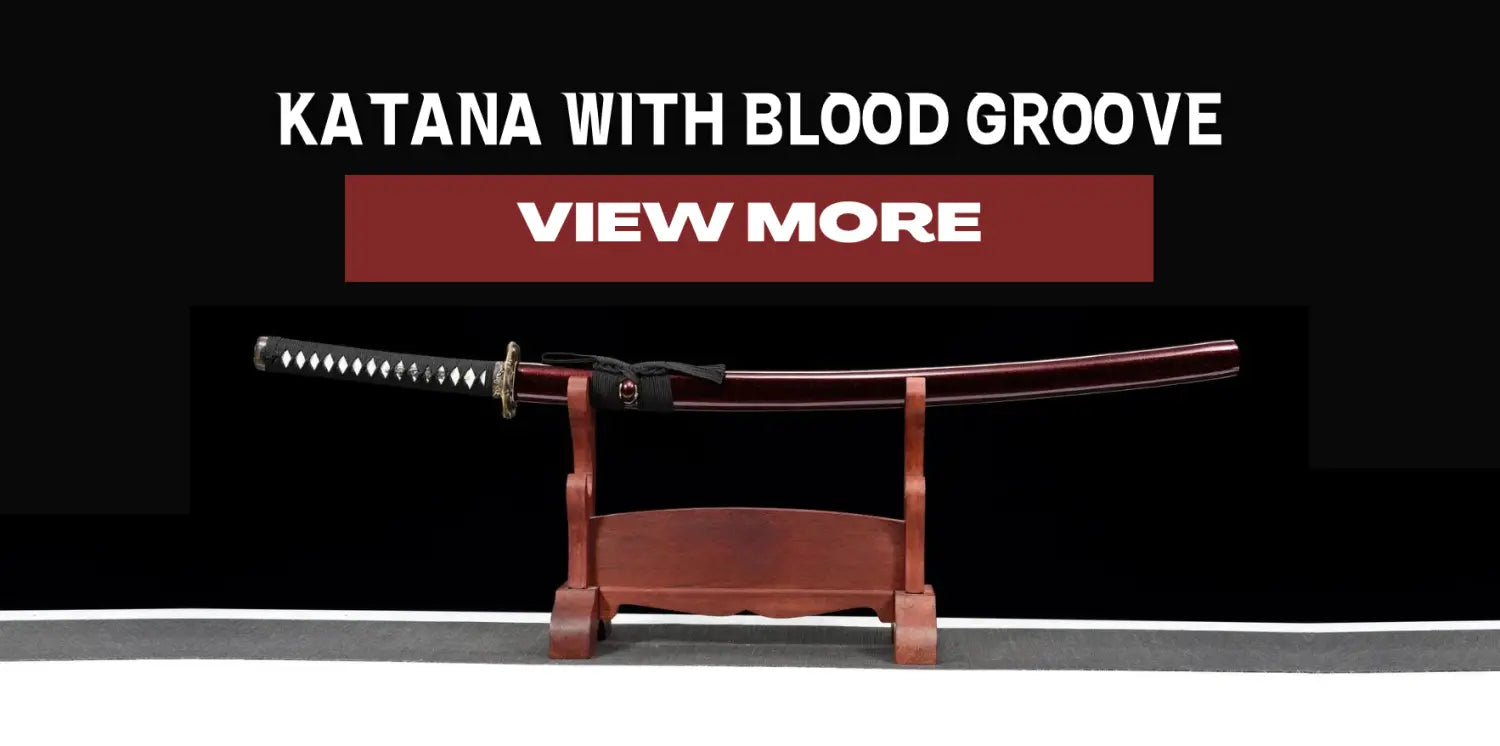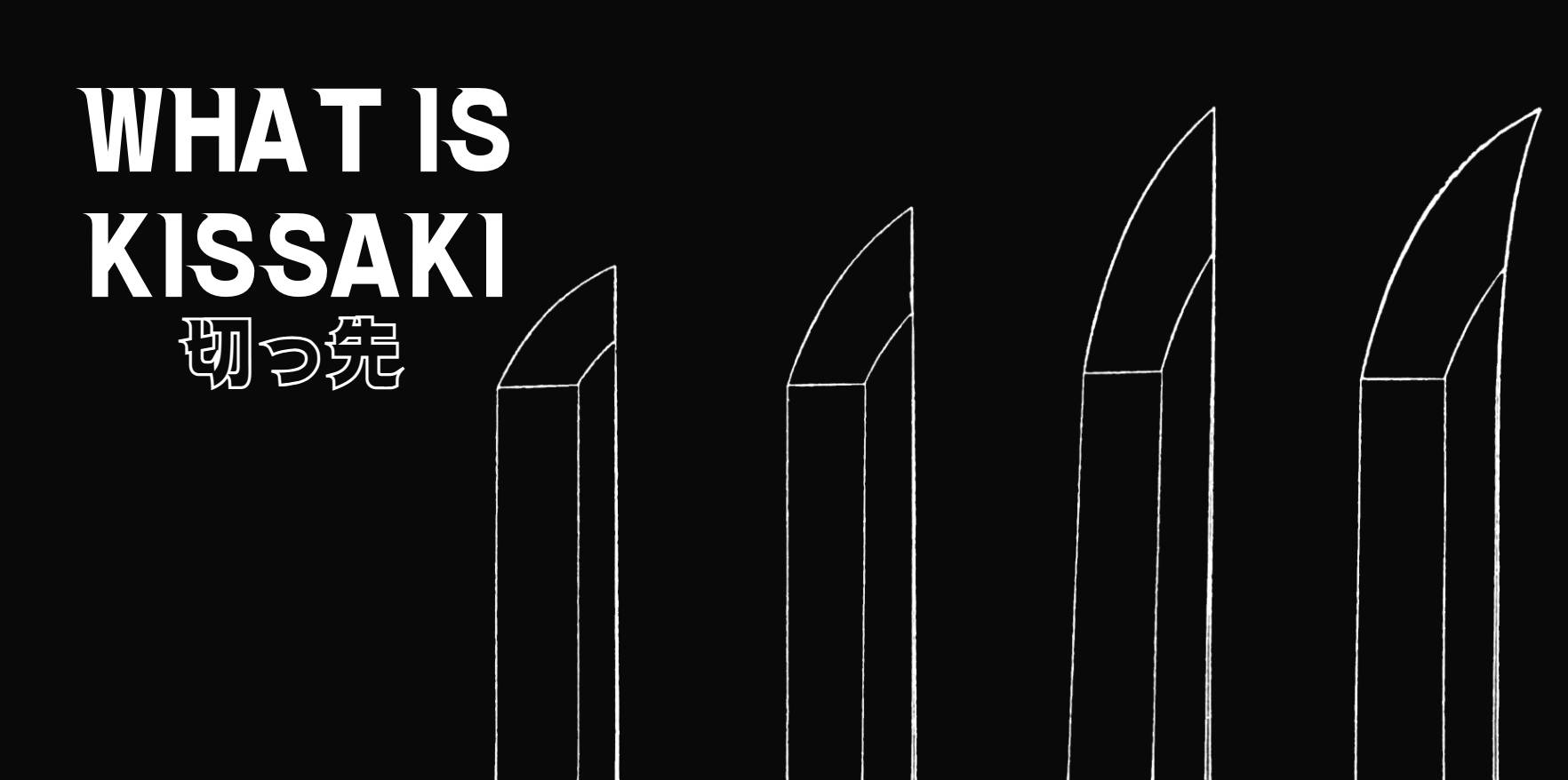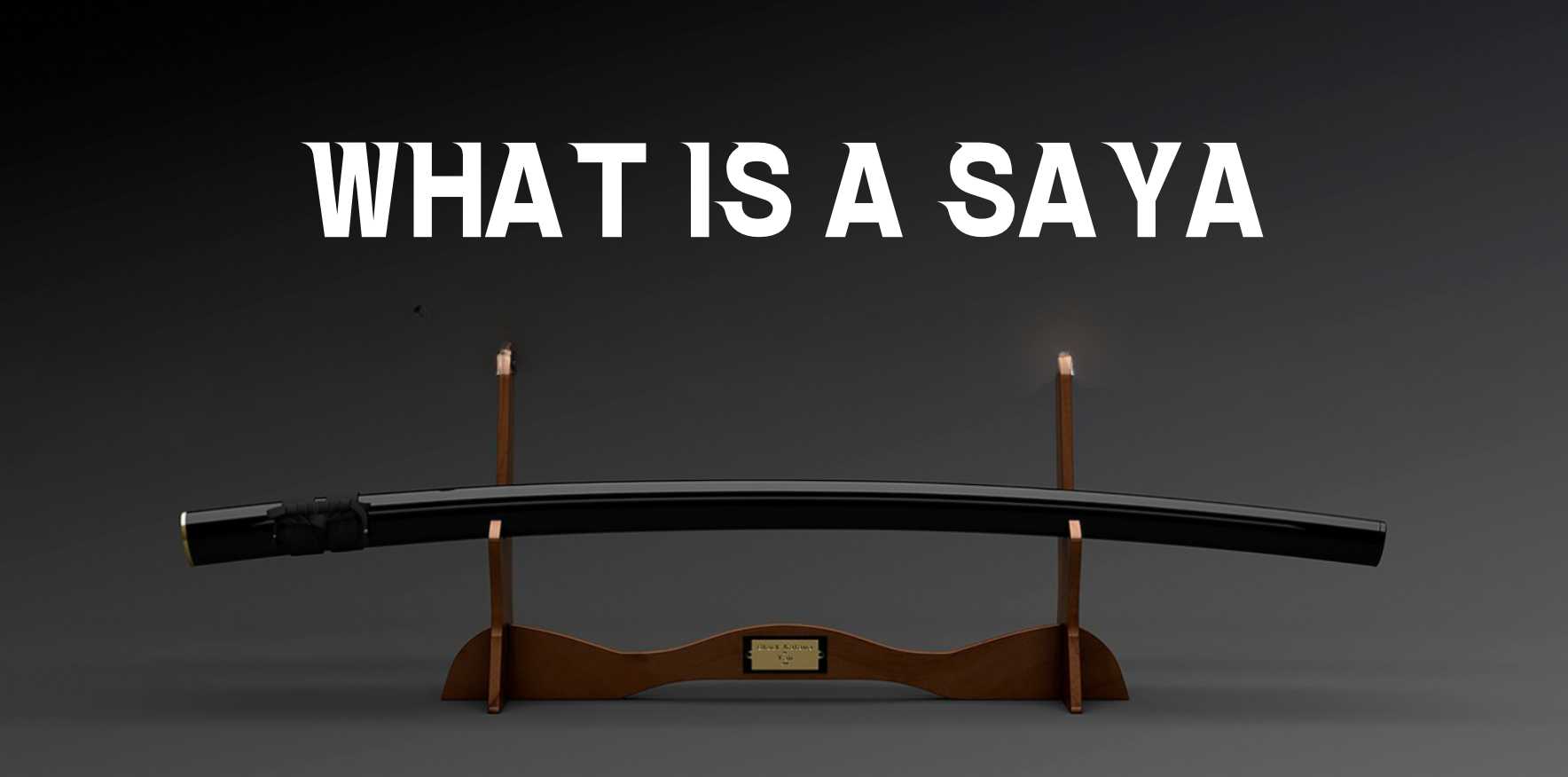Katana bohi

The bohi (sword groove) refers to the groove or grooves carefully engraved into the blade, extending from the base to the tip. It was initially incorporated to improve the weapon's balance, making it easier to handle in combat. As a pleasant side effect, the bohi also improved the sword's aerodynamics, increasing its cutting capability. Thus, the bohi enhances the katana's overall design and performance, elevating the art of samurai swordsmanship.
What is the bohi for
This groove serves several purposes:
The bohi plays a few significant roles. It is believed to prevent blood from clotting the blade, making it unwieldy. The groove would also provide a path for blood to drain, avoiding a slippery sword handle. These beliefs are a myth, in reality, from a functional perspective, the bohi reduces the sword's weight by removing some material from the blade. It also prevents the blade from breaking at its thinnest point (the "edge") and improves the sword's aerodynamics, enhancing swing speed and power.
From an aesthetic standpoint, katana bohi added visual interest to the sword and made it appear more menacing. They also served as a way to identify the swordsmith who made the sword, as each swordsmith had their own distinctive bohi patterns.
Bo hi types
There are three main types of katana sword grooves: the bo-hi, soe-bi, and futatsu hi.
1. The bo-hi is the most basic type of katana sword groove and is simply a single channel running down the length of the blade. This type of groove does not significantly affect the weight or balance of the sword and is mainly used for aesthetic purposes. There are three main types of katana bohi: kiri (切), maru (丸), and kaku (角).
- Kiri bohi are the most common type, with a straight, angled cut that runs along the blade length.
- Maru bohi have a rounded cut, less common than kiri but seen occasionally.
- Kaku bohi have a square or rectangular cut and are the least common type, seen rarely.
2. The soe-bi is a more complex katana sword groove consisting of two channels, one running down the blade length and the other along the blade's back edge. This type is designed to help balance the sword's weight and can also be used for aesthetic purposes.
3. The futatsu hi is the most complex katana sword groove, with two channels like the soe-bi, but these channels are not connected at the blade's base. This groove type is also designed to help balance the sword's weight and can be used for aesthetic purposes.
If you'd like to learn more about these Japanese sword icons, you can also read our article on the nakago (katana tang).
Summary
- The bohi is the groove or grooves carved into a katana blade, improving the weapon's balance and aerodynamics.
- The beliefs saying that the bohi help to prevent blood from clogging the blade is a myth.
- The bohi plays a functional role by reducing the blade's weight and preventing breakage at the blade's thinnest point.
- There are three main types of bohi: the bo-hi, soe-bi, and futatsu hi, each with its unique design and purpose.






